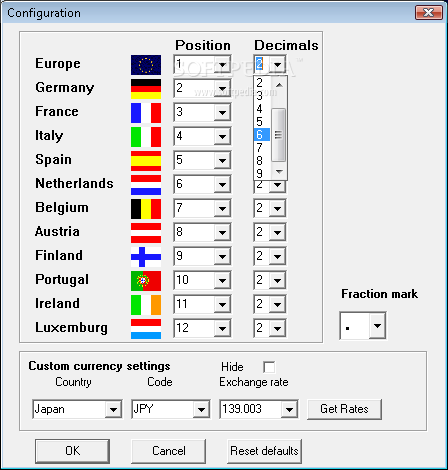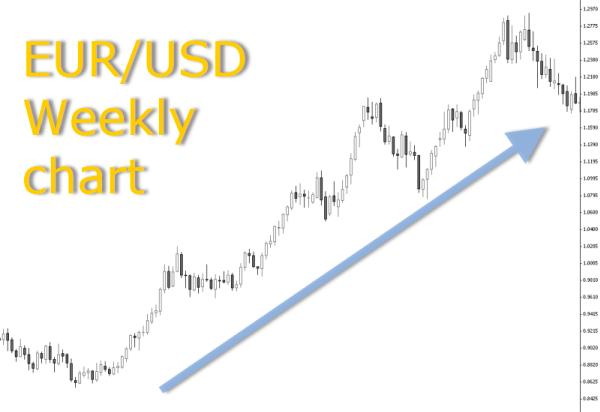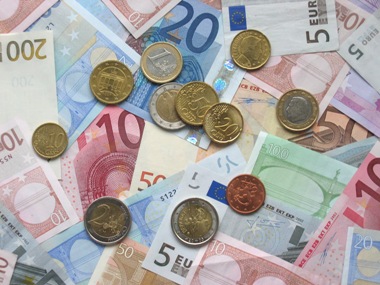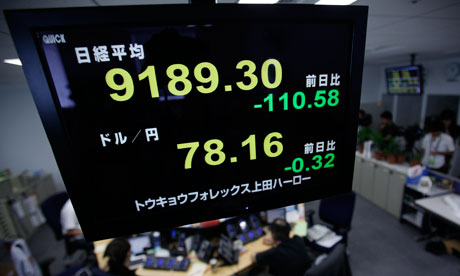The euro (Greek: Ευρώ, Evró) (sign: €; code: EUR) is the official currency of the eurozone: 17 of the 27 member states of the European Union. It is also the currency used by the Institutions of the European Union. The eurozone consists of Austria, Belgium, Cyprus, Estonia, Finland, France, Germany, Greece, Ireland, Italy, Luxembourg, Malta, the Netherlands, Portugal, Slovakia, Slovenia, and Spain. The currency is also used in a further five European countries and consequently used daily by some 332 million Europeans. Additionally, over 175 million people worldwide - including 150 million people in Africa - use currencies which are pegged to the euro.
The euro is the second largest reserve currency as well as the second most traded currency in the world after the United States dollar. As of February 2012, with more than €890 billion in circulation, the euro has the highest combined value of banknotes and coins in circulation in the world, having surpassed the US dollar.[note 14] Based on International Monetary Fund estimates of 2008 GDP and purchasing power parity among the various currencies, the eurozone is the second largest economy in the world.
The name euro was officially adopted on 16 December 1995. The euro was introduced to world financial markets as an accounting currency on 1 January 1999, replacing the former European Currency Unit (ECU) at a ratio of 1:1. Euro coins and banknotes entered circulation on 1 January 2002. June 30, 2002 was the last day for changing old currency to Euro at any bank for the original twelve member states.
Euro Currency Rate
Euro Currency Rate
Euro Currency Rate
Euro Currency Rate
Euro Currency Rate
Euro Currency Rate
Euro Currency Rate
Euro Currency Rate
Euro Currency Rate
Euro Currency Rate
2011 - The end of the Euro currency? (06Jan11)
Foreign currency exchange rates buoy EUR










No comments:
Post a Comment